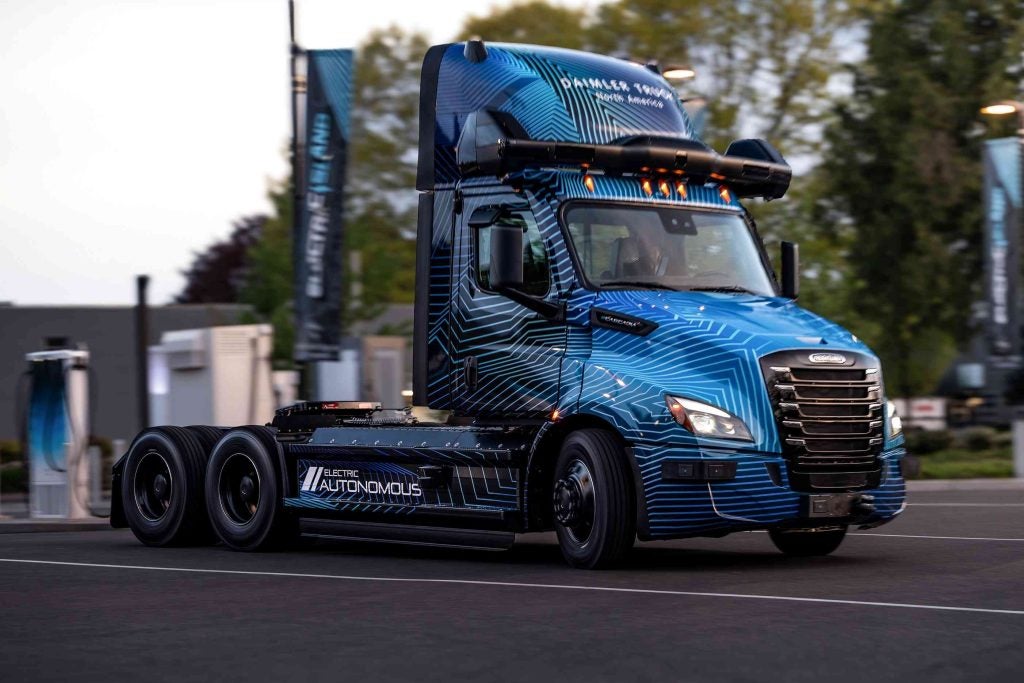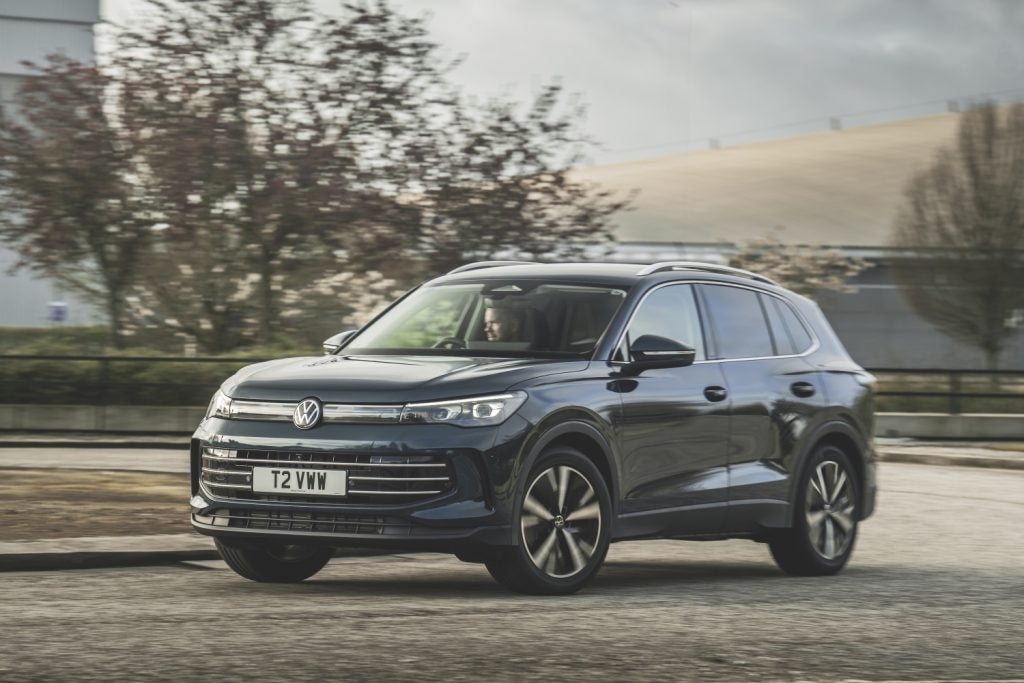Coinciding with the EU’s Road Safety Day on 27 April, Volvo Trucks is introducing two new accident avoidance systems: lane keeping support and adaptive cruise control.
“The fast pace of technological development these past few years has created entirely new opportunities when it comes to accident-preventive safety,” said Claes Avedal, who heads the truck maker’s accident research.
Activated at 60km/h (about 35mph), lane keeping support (LKS) continuously monitors the lane marker lines and alerts the driver with an audible signal if the vehicle is unintentionally about to stray from its lane.
“Situations where the truck leaves its current lane for one reason or another are behind a large proportion of all truck accidents and is also the most common reason for frontal collisions with other vehicles,” said Avedal. “Using this system can now significantly reduce the risk of lane changing accidents.”
LKS consists of a position sensor (a camera and accompanying control unit that reads off the road markings) and a computer that registers whether the truck is about to stray from its current lane. The camera is installed at the upper edge of the windscreen, the control unit is fitted in the radio shelf and the computer is located behind the passenger seat.
How well do you really know your competitors?
Access the most comprehensive Company Profiles on the market, powered by GlobalData. Save hours of research. Gain competitive edge.

Thank you!
Your download email will arrive shortly
Not ready to buy yet? Download a free sample
We are confident about the unique quality of our Company Profiles. However, we want you to make the most beneficial decision for your business, so we offer a free sample that you can download by submitting the below form
By GlobalDataWhen the computer registers that the vehicle is unintentionally about to cross a road marking, an audible signal – similar to that heard when driving on a ridged or serrated road-edge marker line – is activated in the cab. However, if the driver has already activated his indicators or brakes, then no signal is produced. The driver can decide for himself if the system is to be switched on by pressing a button in the instrument panel and an icon in the main instrument lights up.
Volvo is also launching a new generation of ACC (adaptive cruise control), in which the wheel brakes have now been integrated into the system.
“The big difference between this generation and the previous one is primarily that you get far more braking force and more uniform braking,” said a spokeswoman.
The radar system that monitors the gap to the vehicle in front has been further enhanced to provide greater precision and reliability. The new ACC system is also developed to function optimally together with I-Shift, Volvo’s automated gear changing system.
ACC is a comfort-boosting facility where the cruise control and brakes help the driver maintain a steady speed and smooth rhythm on the road.
Lane keeping support will be available on the Volvo FH and FH16, while adaptive cruise control will be available on all FM, FH and FH16 models with I-Shift.
Delivery of both systems will start this autumn.







